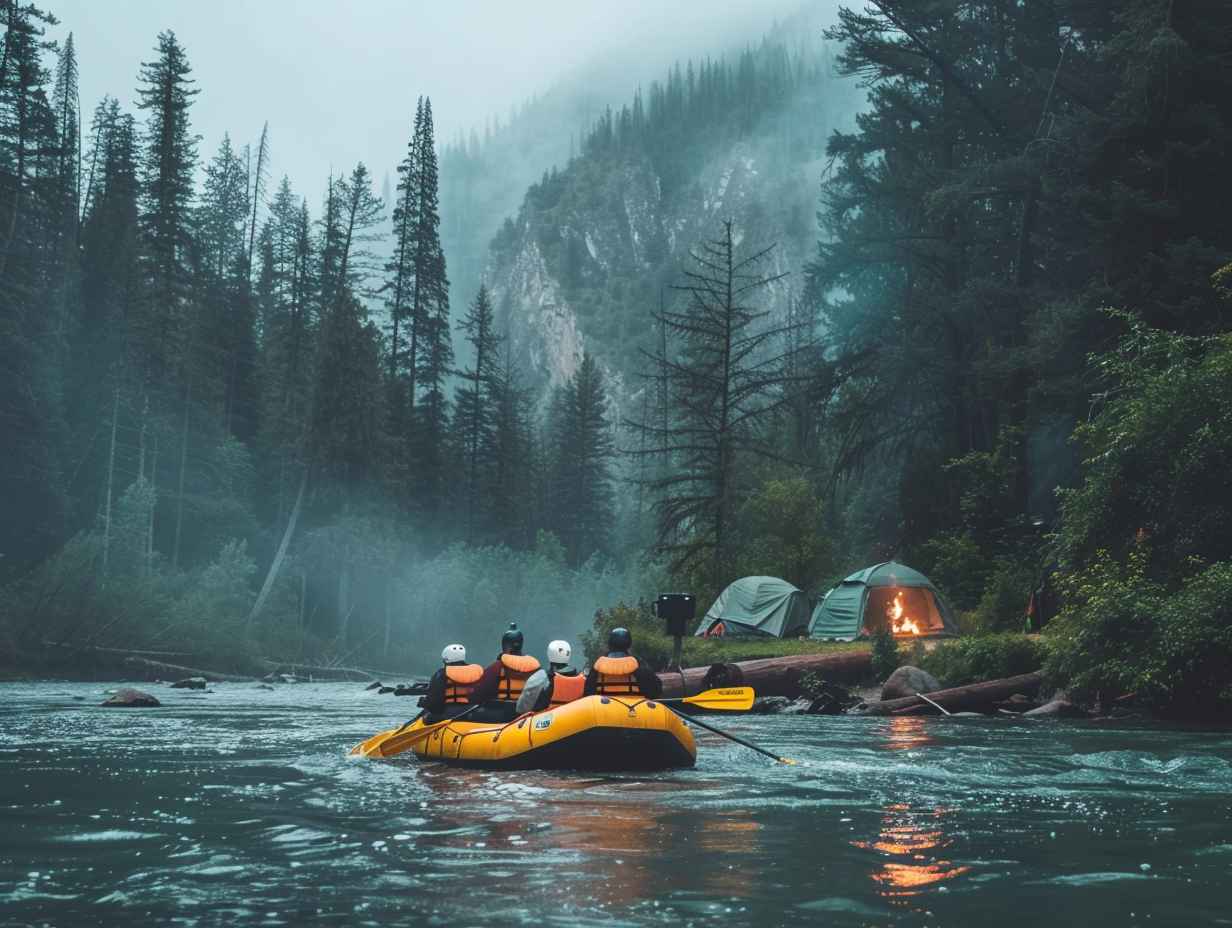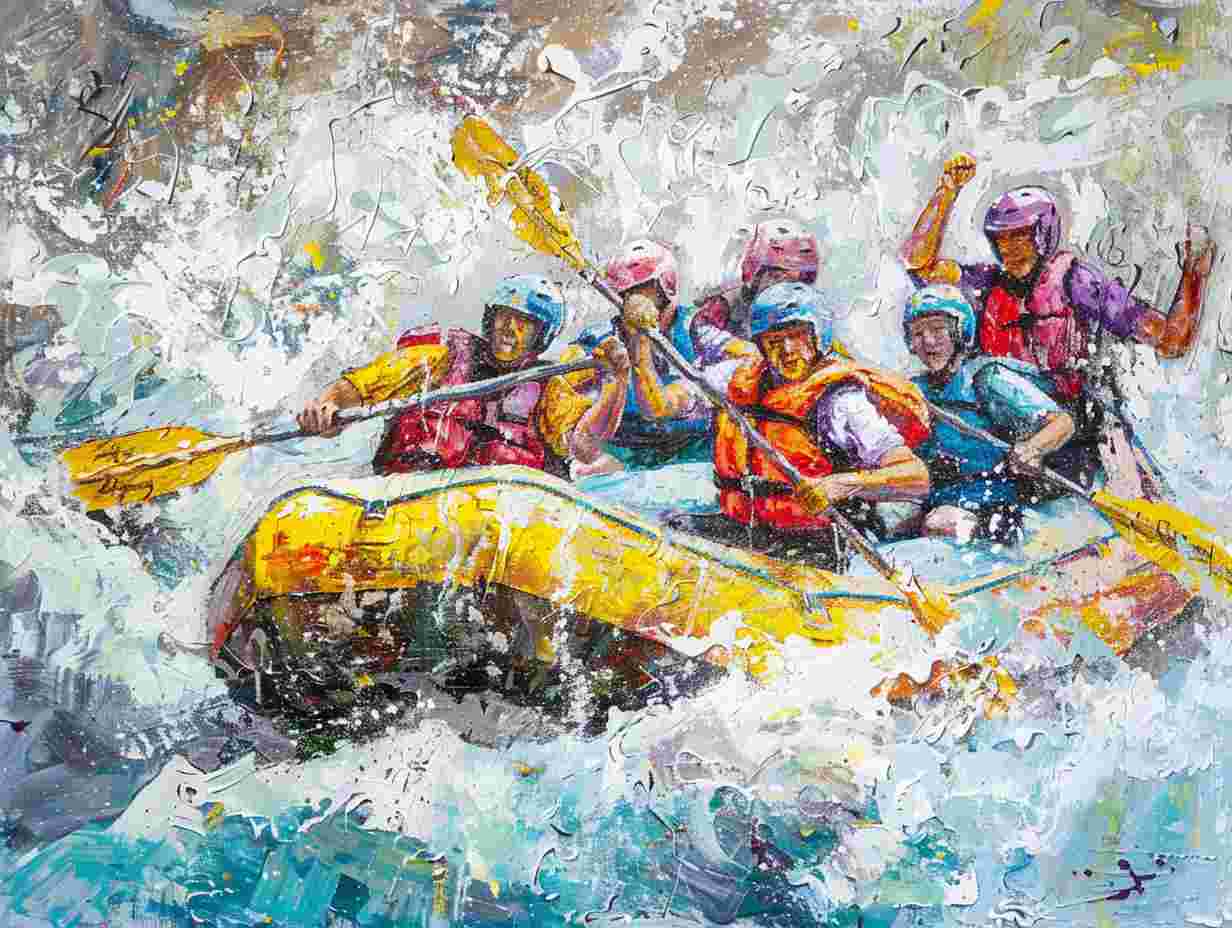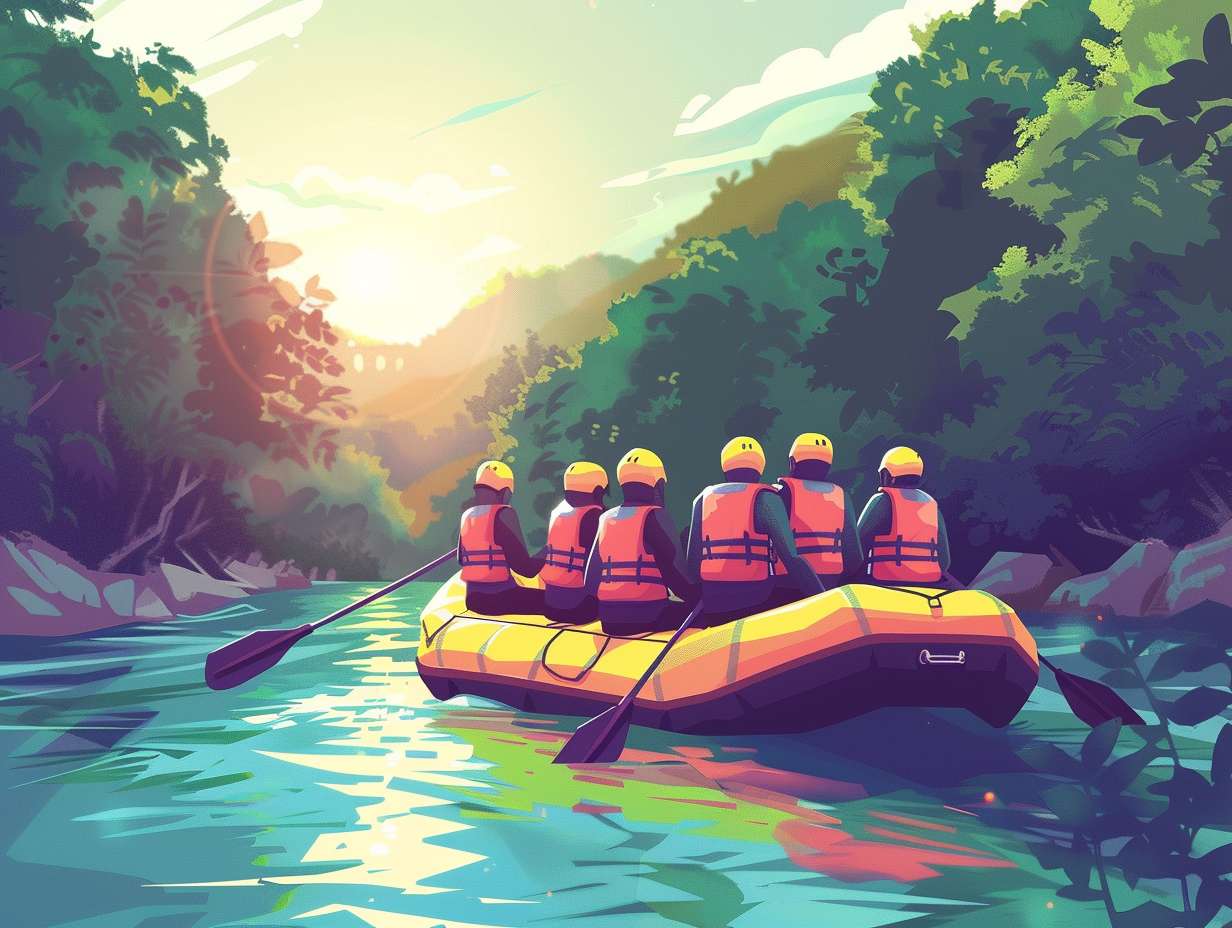
Rafting Difficulty Ratings
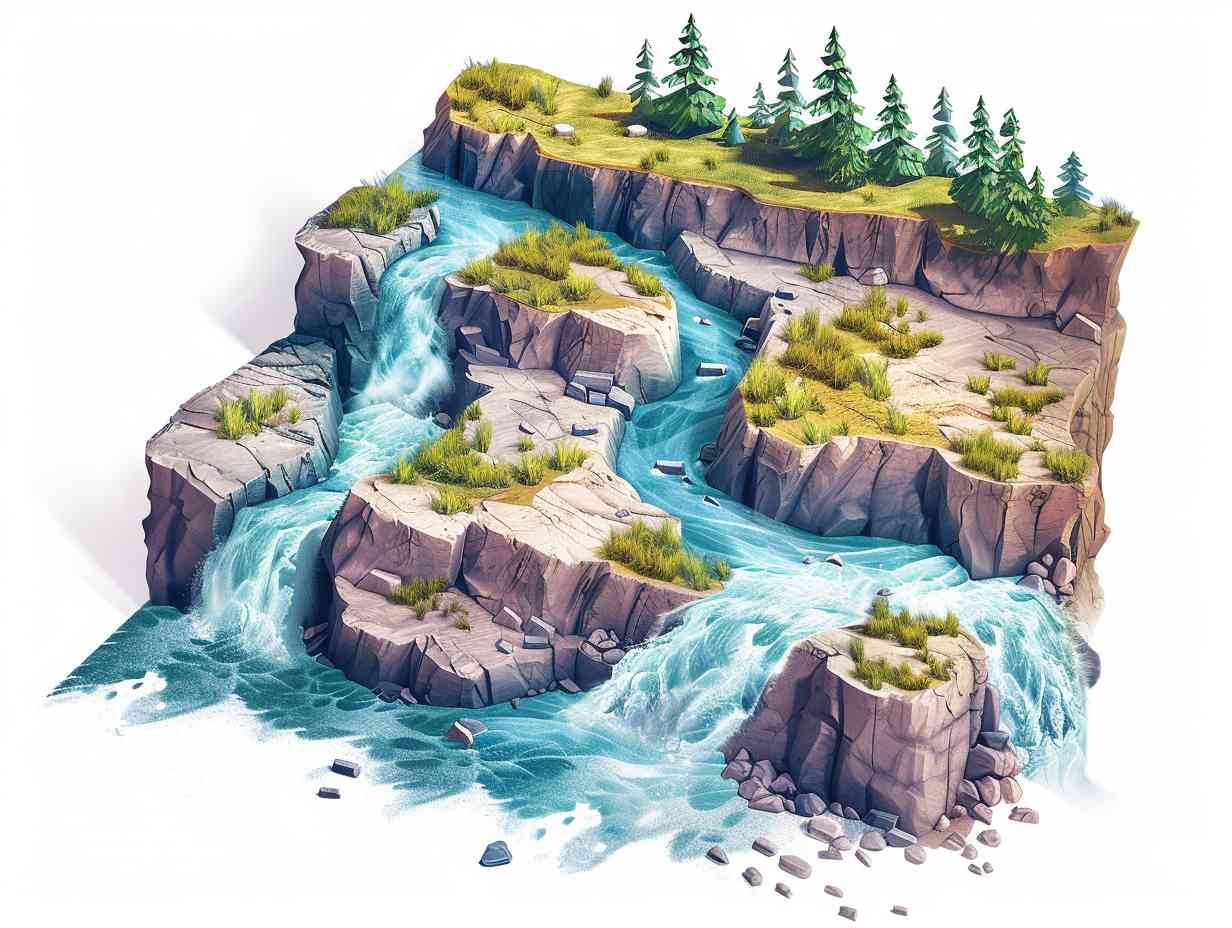
Have you ever wondered if the difficulty ratings assigned to different rafting routes are truly accurate reflections of the challenges they present?
The classifications of Class I to VI may seem straightforward at first glance, but there’s often more than meets the eye when it comes to piloting rivers and rapids.
Understanding the nuances behind these ratings can provide invaluable insights into what to expect on your next adventure.
Key Takeaways
- Rafting difficulty ranges from Class I to VI based on rapid complexity.
- Factors like gradient, water volume, and obstacles influence difficulty ratings.
- Class I & II rapids are beginner-friendly, focusing on basic skills and safety.
- Class III & IV rapids demand strong skills, teamwork, and quick decision-making.
Understanding Rafting Classifications
When you’re new to rafting, understanding the classifications of rapids is important for a safe and enjoyable experience. Rapids are categorized from Class I to Class VI based on their difficulty level.
Class I rapids are the easiest and are suitable for beginners, with small waves and few obstacles.
As you progress to Class II and III, you’ll encounter moderate waves and maneuvering around rocks becomes more challenging.
Class IV rapids are considered advanced and require precise maneuvering to navigate through turbulent waters.
Class V rapids are for experts, featuring intense rapids and complex routes.
Factors Influencing Difficulty Ratings
Understanding the key elements that influence rafting difficulty ratings is essential for choosing the right challenge level for your adventure. Factors such as river gradient, water volume, obstacles, riverbed composition, and water flow speed all play a critical role in determining the difficulty of a rafting route. These factors interact to create varying levels of challenge and excitement for rafters.
- River Gradient: Steeper gradients often lead to faster currents and more intense rapids.
- Water Volume: Higher water volume can result in stronger currents and more turbulent conditions.
- Obstacles: Rocks, logs, and other obstacles in the river can increase the technical difficulty of the rapids.
- Riverbed Composition: Different riverbed compositions can affect how the water flows, impacting the overall difficulty of the route.
- Water Flow Speed: Faster water flow speeds can make rapids more challenging to traverse.
Class I & II: Easy Rapids

To tackle Class I & II easy rapids confidently, consider the milder river conditions and minimal obstacles present on these beginner-friendly routes. Class I rivers feature small, easy waves and few obstacles, making them perfect for beginners or those seeking a calm rafting experience.
Moving up to Class II, you’ll encounter slightly more complex rapids with straightforward maneuvers required. These rapids may contain slightly larger waves and some obstacles to navigate around, but they still pose minimal challenges for novice rafters.
Class I & II rapids are ideal for learning the basics of rafting, building confidence on the water, and enjoying a relaxing float down the river. Be sure to follow safety guidelines and listen to your guide to make the most of your easy rafting adventure.
Class III & IV: Intermediate Rapids
Handling Class III & IV intermediate rapids requires a higher level of skill and experience due to the increased complexity and challenges they present on the river. These rapids demand precise maneuvering and quick decision-making to navigate successfully. Here are some key points to ponder when tackling Class III & IV rapids:
-
Strong Paddle Skills: You need to have a good command of paddling techniques to navigate through the turbulent waters.
-
River Reading Ability: Understanding how to read the river and anticipate obstacles is important for a safe passage.
-
Team Coordination: Effective communication and teamwork among rafters are essential to tackle the challenges together.
-
Quick Reflexes: Being able to react swiftly to changing conditions is essential in these dynamic rapids.
-
Knowledge of Rescue Techniques: Familiarize yourself with rescue procedures in case of emergencies.
Class V & VI: Expert Challenges
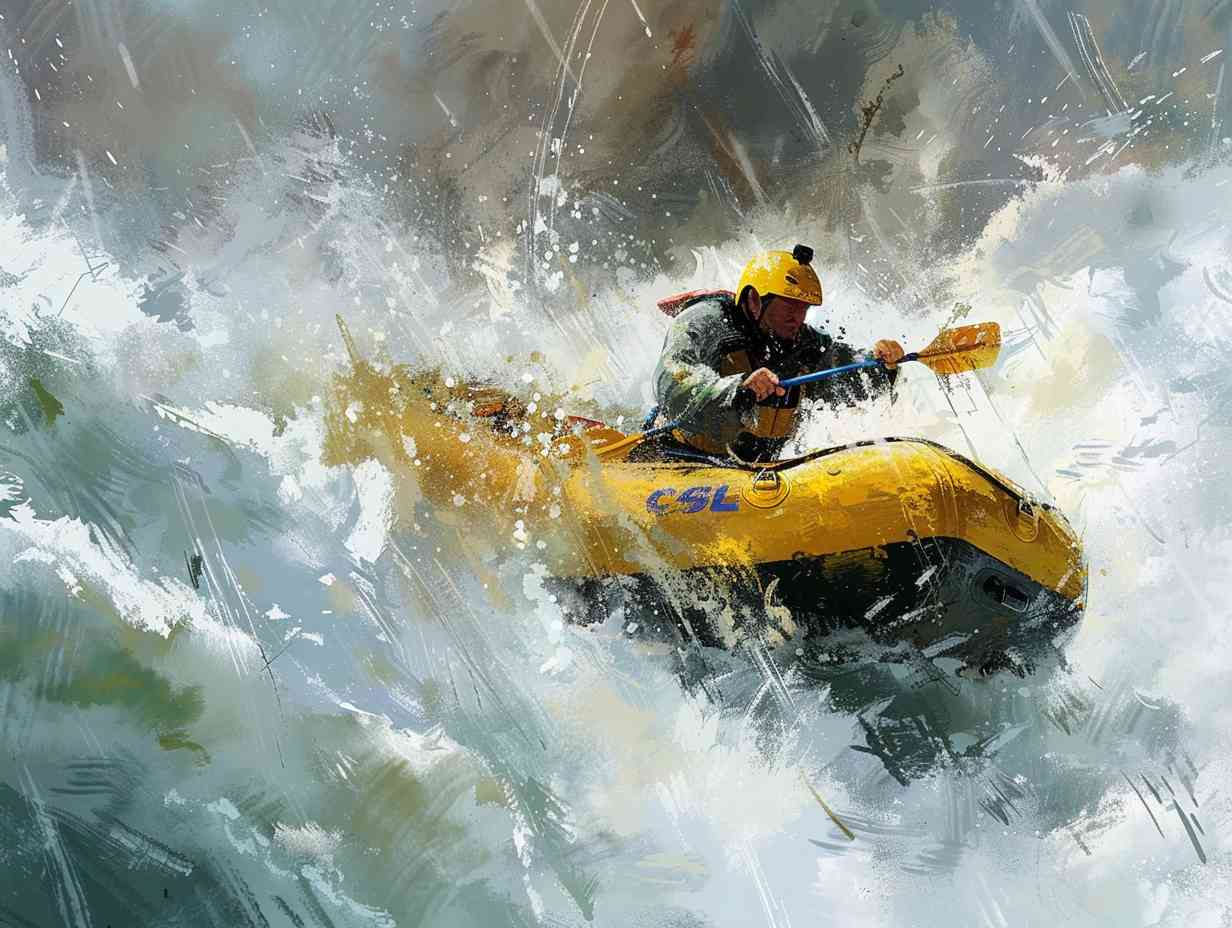
Conquering Class V & VI rapids demands exceptional expertise and a fearless attitude on the river. These expert-level challenges are for seasoned rafters seeking the ultimate adrenaline rush. Class V rivers feature long, violent rapids with complex routes and unavoidable obstacles, requiring precise maneuvering. Class VI rapids are deemed unnavigable due to extreme conditions, posing life-threatening risks even for the most skilled rafters. Below is a breakdown of the key characteristics of Class V & VI rapids:
| Difficulty Level | Description | Examples |
|---|---|---|
| Class V | Extremely difficult, demanding expertise | Cherry Creek (CA) |
| Class VI | Unrunnable, poses extreme danger | Upper Yough (MD) |
Frequently Asked Questions
What Type of Equipment Is Necessary for Rafting in Different Difficulty Levels?
When rafting in different difficulty levels, you’ll need essential gear like a life jacket, helmet, and paddle. As the rapids get more challenging, additional equipment such as wetsuits, drysuits, and throw bags may be required.
Are There Age Restrictions for Participating in Rafting Trips of Varying Difficulty Ratings?
Age restrictions vary depending on the difficulty of rafting trips. Some may have minimum age requirements for safety reasons. Always check with the rafting company beforehand to guarantee participants meet the age criteria.
How Do Weather Conditions Impact the Difficulty of Rafting Trips?
When Mother Nature throws a tantrum, river rapids morph into wild beasts. Rain swells the water, wind whispers tricky currents. Watch the weather closely, friend. Its dance with the river shapes your rafting adventure.
Can Individuals With Disabilities Participate in Rafting Trips of Different Difficulty Levels?
Yes, individuals with disabilities can participate in rafting trips of various difficulty levels. Many outfitters offer adaptive equipment and trained guides to guarantee a safe and enjoyable experience for all participants, regardless of their abilities.
Are There Any Specific Health or Fitness Requirements for Taking on More Challenging Rafting Courses?
Want to tackle challenging rafting courses? Make sure you’re in tip-top shape. These adventures demand physical fitness, endurance, and mental toughness. Prepare yourself for the thrill and exhilaration that awaits you!
Conclusion
So now you understand, maneuvering rapids is like dancing with a wild river. Remember, each designation tells a story - from the mild flow of Class I to the adrenaline-pumping rush of Class VI.
With practice and skill, you can overcome any obstacle that comes your way. So grab your paddle, feel the rhythm of the water, and embrace the adventure that awaits. Happy rafting!
More information about Rafting Difficulty Ratings
Affiliate information declaration: We may earn revenue from the products referred on this page and participate in affiliate programs.
